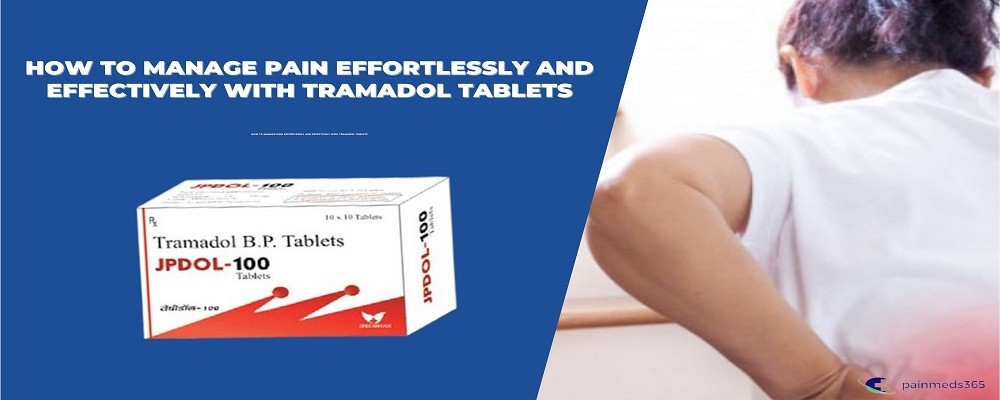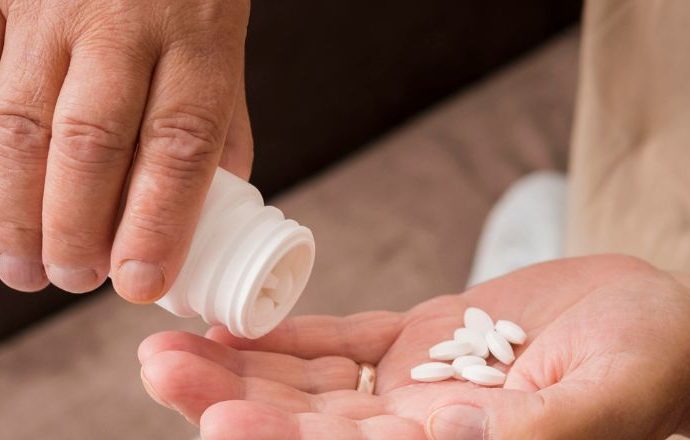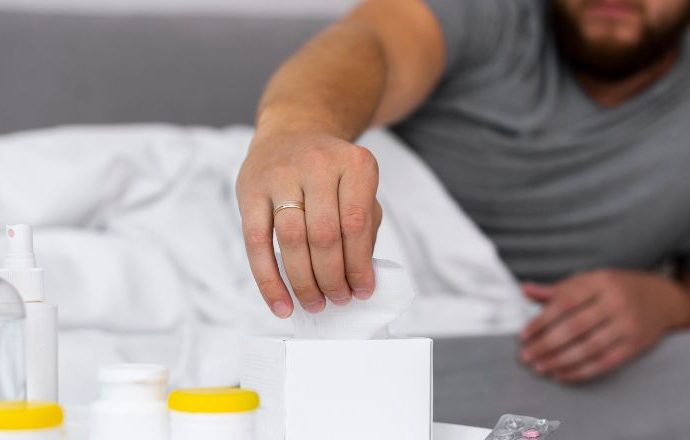What is Tramadol?
Tramadol is a strong painkiller that is usually used by people to treat acute to severe pain. Tramadol belongs to a group of medicines called opioids, or narcotics. It is a low-risk opioid that is structurally related to codeine and morphine. Tramadol is also used to treat pain after surgery. Using tramadol for a long time may become habit-forming causing physical or mental dependence.
Tramadol is available in the following forms of dosage:
- Solution
- Tablet
- Tablet – Extended-release
- Capsule – Extended-release
- Suspension
Before taking this medicine let your doctor know if you are allergic to any other medicine, or allergic to specific foods, dyes, animals, or preservatives. Tramadol should not be used in children younger than 12 years of age to relieve pain. Also, tramadol should not be given to anyone younger than 18 years, who recently had surgery to remove tonsils or adenoids.
Take tramadol precisely as endorsed by your PCP. Tramadol can be taken regardless of food, however, take it the same way each time.
Gulp down the container or tablet to keep away from openness to a possibly lethal excess. Try not to squash, bite, break, open, or disintegrate.
A person having the following conditions should not take tramadol,
- Stomach or bowel obstruction
- Recently used alcohol, sedatives, narcotic medications, or tranquilizers
- Used MAO inhibitors in the past 14 days
- Asthma or breathing problems
Tramadol should not be used during pregnancy or breastfeeding. It can show a very bad effect on the unborn baby. Tramadol should be taken just as prescribed by your doctor. Do not use it in more dosage. Never let anyone else use this medicine. Taking this medicine without being prescribed or misused leads to overdose, addiction, and might even cause death.
Tramadol can be taken without food or with food. But remember to follow the same way every time. Capsules or tablets of tramadol should be swallowed at a time. Do not open, break, crush, or dissolve the tablet. Tramadol tablets should never be crushed to inhale the powder, or mixed into a liquid to inject the drug into veins. This might result in death.
Stopping the use of tramadol suddenly might have withdrawal symptoms. Hence, consult a doctor before stopping the medicine.
Here are the common side effects of using tramadol:
- Itching
- Headache
- Constipation
- Nausea
- Vomiting
- Stomach pain
- Tiredness
- Drowsiness
- Dizziness
Tramadol does not stop the pain, but it is capable of making you feel less pain. Tramadol can interact with many other medicines. Hence, let your doctor know all other medicines you are using. Here are the drugs that are dangerous when used along with tramadol,
- Opioid medicines
- Muscle relaxers, sleep medicines, or drugs that make you feel drowsy
- Benzodiazepine sedatives like Valium, Klonopin, or Xanax
Tramadol should be taken through the mouth as directed by your doctor. The dosage of this medication will be based on your medical condition and response. The maximum recommended dosage of tramadol is 400 milligrams per day. And for people above 75 years of age, the maximum recommended dosage is 300 milligrams per day.
Taking this medication as prescribed by the doctor reduces the risk of addiction. Using tramadol for longer than prescribed might cause addition. While using the liquid form of tramadol, measure the dosage carefully with the help of a measuring spoon. Avoid using a household spoon, as it might give incorrect measurements.












Leave a comment
You must be logged in to post a comment.